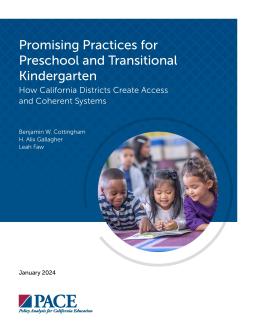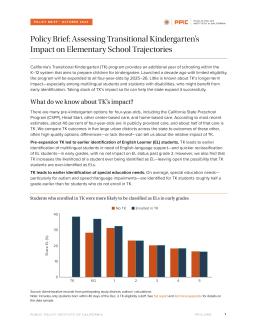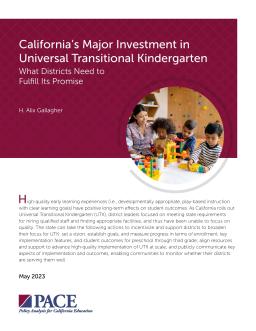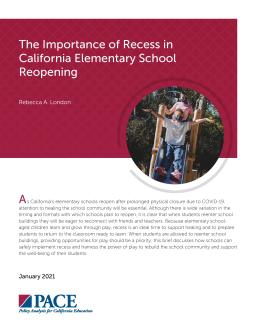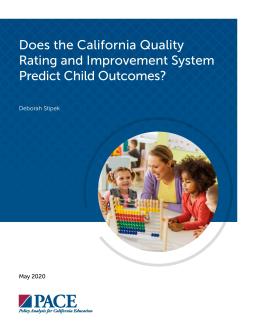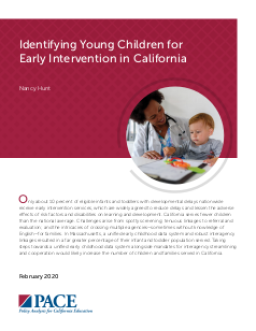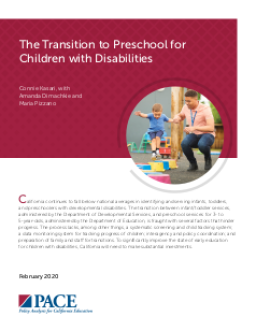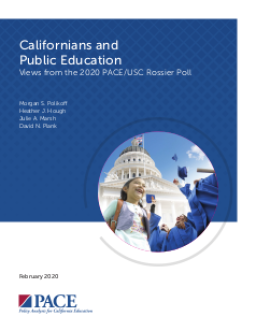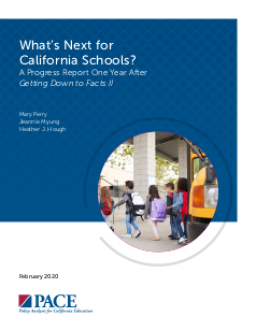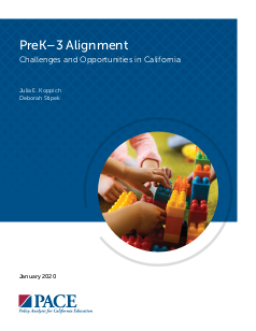Summary
Summary
Summary
Summary
Summary
Summary
Summary
Summary
Only 10% of eligible infants and toddlers with developmental delays nationwide receive early intervention services, and CA serves fewer children than the national average. This is due to challenges such as spotty screening, tenuous linkages to referral and evaluation, and crossing multiple agencies. Massachusetts has a unified early childhood data system and robust interagency linkages, resulting in a greater percentage of their infant and toddler population served. Implementing a unified data system and interagency streamlining in CA could increase the number of children and families served.
Summary
California is failing to identify and serve infants, toddlers, and preschoolers with developmental disabilities compared to national averages. The transition from infant/toddler services to preschool services is hindered by various factors such as the lack of a systematic screening and child tracking system, interagency coordination, and family/staff preparation for transitions. Significant investments are required to improve the state of early education for children with disabilities in California.
Summary
Summary
In the run-up to 2020 elections, where do California voters stand on key education policy issues? This report examines findings and trends from the 2020 PACE/USC Rossier poll. Key findings include rising pessimism about California education and elected officials, continued concern about gun violence in schools and college affordability, and negative opinions about higher education. However, there is substantial support for increased spending, especially on teacher salaries.
Summary
The 2018 Getting Down to Facts II research project drew attention to California’s continued need to focus on the achievement gap, strengthen the capacity of educators in support of continuous improvement, and attend to both the adequacy and stability of funding for schools. Based on the nature of the issues and the progress made in 2019, some clear next steps deserve attention as 2020 unfolds.
Summary
California Governor Gavin Newsom prioritized early childhood education with new funding. However, sustaining and building on preK progress remains challenging. PreK–3 alignment has shown to be effective in coordinating standards, curricula, instruction, assessments, and professional development. This study examines California’s preK–3 alignment landscape to better understand the challenges and recommends policy implications to prioritize alignment, offer training, and streamline licensing requirements.

